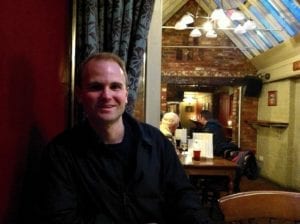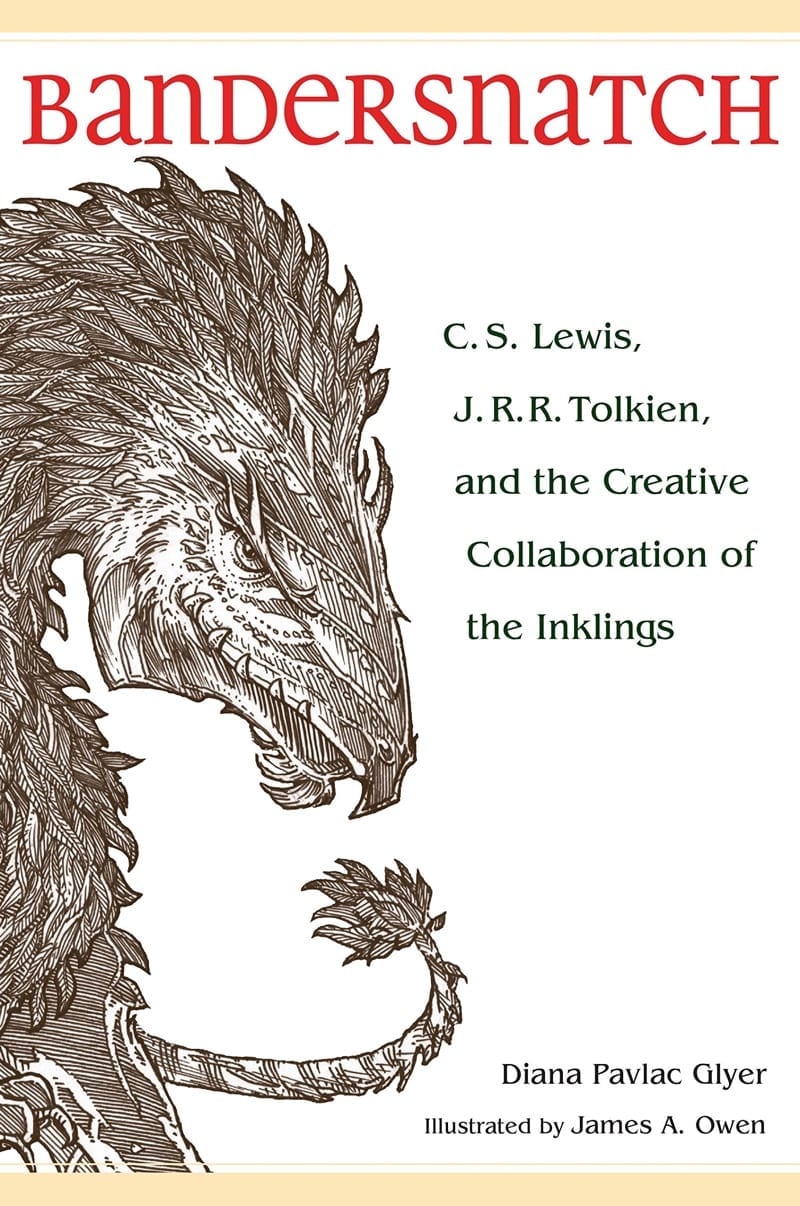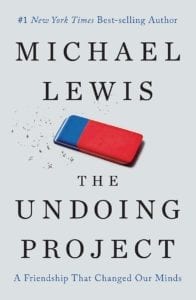Bandersnatch
Reason Book was Chosen:
I spent the summer of 2000 studying at Oxford University. It was a formative and unbelievably enjoyable 6 weeks. One of the main reasons I wanted to study at Oxford was because of C.S. Lewis. His books had a large impact on my life. I thought this book about the Inklings would be really fun to read. I saw a friend of mine reading this book through her Instagram post and it made me want to read it.My Thoughts
C.S. Lewis once made this now famous comment about his friend J.R.R. Tolkien in a 1959 letter to a reader:
“No-one ever influenced Tolkien—you might as well try to influence a bandersnatch.”
As Jeff Goins points out in his book Real Artists Don’t Starve:
“A bandersnatch is a mythical creature that appears in Through the Looking Glass (Lewis Carroll). It’s an irritable monster, not a creature you’d want to tangle with and certainly not one you could easily “influence.”
The author of Bandersnatch, Diana Pavlac Glyer, seeks to prove that Lewis’ famous comment was not at all true. In fact, the larger context for that quote adds the following:
“We listened to his work, but could affect it only by encouragement. He has only two reactions to criticism; either he begins the whole work over again from the beginning or else takes no notice at all.”
The “we” in this quote refers to the famous creative collaborative group that Lewis and Tolkien basically started called the Inklings. The Inklings met for roughly 17 years and had 19 total members. The qualifications to join were twofold – 1. have a tendency to write and 2. Christianity. They met at Oxford University in the mid 1900s and most of the meetings occurred in Lewis’ office or at the Eagle and Child pub.
The connection to Oxford played a significant role in the group. First, it was the collection point of brilliant minds. But second, the structure of the Inklings meetings mimicked the structure of the Oxford classroom. I spent the summer of 2000 at Oxford taking courses in Old Testament Literature and the History of the English Reformation. My classes consisted of two other students and a Don (professor). The purpose of the class was to read papers. Classes met once a week for one hour and the reading list between classes was extensive. One student would read their paper during class and the Don and other students would comment on and question the paper. I had to know more about the topic than what I wrote in the paper. It was intimidating and exhilarating.
The Inklings meetings were also a place for a small group of people to read their work-in-progress papers – poems, novels, nonfiction – and receive immediate feedback. C. S. Lewis would start each meeting with the question “Well, has nobody got anything to read us?” Glyer’s thesis is that this collaborative group made all the difference to the participants. Tolkien was not a lone genius who wrote The Lord of the Rings in isolation. He was not a bandersnatch. Lewis needed the group to craft the Narnia series. We would not have the library of work from these two authors were it not for this literary group.
Glyer discusses the necessary components of The Inklings and provides an excellent epilogue with ideas on how to get started with your own group.
This book held special significance for me. As mentioned above, I studied for a summer at Oxford and the reason I chose to study there was 100% because of C.S. Lewis. My earliest reading memories consist of turning my fish tank light in my bedroom for the purpose of reading the Narnia books while my parents thought I was sleeping. In first grade, we could read for a set time during class, and I chose Lewis’ The Silver Chair. In high school and college, I rediscovered Lewis and began flying through his non-fiction Christian writing. It had a tremendous influence on me.

I chose Oxford 18 years ago because I wanted to see where Lewis had lived, go where he met with the Inklings (the Eagle and Child pub), and walk where he walked. I wanted to further understand the influence of the Inklings on Lewis’ writing. I continue to return to Oxford about every other year and it is still the most magical place on earth for me. This book answered a lot of questions I had about the Inklings and allowed a deeper look into the group.
It was also very neat to read Jeff Goins’ book Real Artists Don’t Starve immediately before this one. Goins references Bandersnatch and Glyer references Goins. I love when that happens.
There is great romance in the idea of this group of friends meeting and discussing their work. The camaraderie and creative impetus of the Inklings must have been one of the greatest experiences this side of eternity. I’ve spent the last 18 years of my life thinking about that group and have such a strong desire to be a part of one myself. This book brought those desires back to the forefront and was the most pleasurable book I read all year.



